

In January of this year, Katie Thomson L’90 left Amazon to return to the U.S. Department of Transportation as the Director of Bipartisan Infrastructure Law Implementation.

But Amazon, which employs more than 1.3 million workers worldwide and operates 110 fulfillment facilities in the United States, is not resting on its Prime laurels. The company is setting its sights on a loftier delivery-time goal: a half-hour turnaround by drone delivery.
In December 2016, Amazon successfully completed its first trial delivery by autonomous drone from its test site in England. The GPS-guided electric drone, which flies below 400 feet and can carry up to five pounds, landed and deposited a package in the bucolic backyard of an Amazon customer. Video footage shows the Cambridgeshire customer picking up his box, which contained dog biscuits and an Amazon Fire TV remote, from the yard with ease.
Katie Thomson L’90, the former Vice President and Associate General Counsel of Worldwide Transportation and Sustainability at Amazon (see Editor’s Note), said the company aims to make ubiquitous drone delivery a reality.
According to Thomson, the Prime Air program is still under development but has made significant progress, and it aims to deliver products to customers in 30 minutes or less. The current focus on drones, she said, is ensuring the technology is safe and then integrating them into delivery logistics.
Thomson’s knowledge of the aircraft runs deep: She served as Federal Aviation Administration Chief Counsel from 2012 to 2014, a time when Congress had passed a number of new statutory provisions regarding integration of drones into the national airspace.
“It was the first time civil drones were authorized by law to be used — there had been no existing program in place,” Thomson said. “We had to figure out what a roadmap looked like in terms of integration, and basic things from how to evaluate safety of fully autonomous civil aircraft … to how to deal with privacy concerns, which FAA doesn’t have legal authority to do, but we needed to do something to address it.”
Thomson recalled how an incident of an anonymous drone crashing into empty seats at the 2015 U.S. Open prompted the FAA to require drone registration, so that operators could be traced and owners could complete basic training requirements. “That really was critical in helping us get basic information to monitor safety,” she said.
A dedicated team at Amazon focuses on legal aviation issues. While rural deliveries are simpler because of fewer physical obstructions, urban population density is more conducive to drone use, Thomson said.
A report shows the global drone delivery service market size was $520 million in 2019, and by 2027, it is expected to reach about $9.5 billion. Amazon is poised to snag the biggest share of the market from drone package delivery — far ahead of competitors like FedEx, UPS, and DHL, according to Emergen Research. In addition to the United Kingdom, Amazon has been building and testing Prime Air in Austria, France, and Israel, and the FAA granted the company permission to use drones as a delivery service in August 2020.
At Amazon, Thomson oversaw all legal aspects of the company’s transportation and sustainability initiatives. The two are often intertwined, as transportation directly impacts the environment. Drone delivery, for instance, reduces fossil fuel-induced pollution. Thomson has the legal chops to not only tackle such issues head-on but also address possible future logistical hiccups before they even occur.
“To put it in transportation terms, my team and I help the business anticipate and remove roadblocks so that we can continue to surprise and delight our customers in new and different ways,” she quipped.
Amazon builds its own transportation system to compete with FedEx and UPS
Thomson’s position was new to Amazon when the company hired her in 2017. The role was an answer for a rapidly evolving enterprise that, in the previous year, had quietly begun assembling its own air fleet and transportation network, which some believe will eventually upend the business models of shipping companies like FedEx and UPS.
“Our third-party transportation providers are key partners, but they can’t handle all of our capacity as Amazon continues to grow around the globe,” Thomson said of the third-party shipping entities. “In order to meet increasing customer demand, (Amazon) decided to invest in its own transportation services and wanted someone who had legal experience dealing with different modes of transportation in the United States and around the globe, and that’s how this job materialized.”

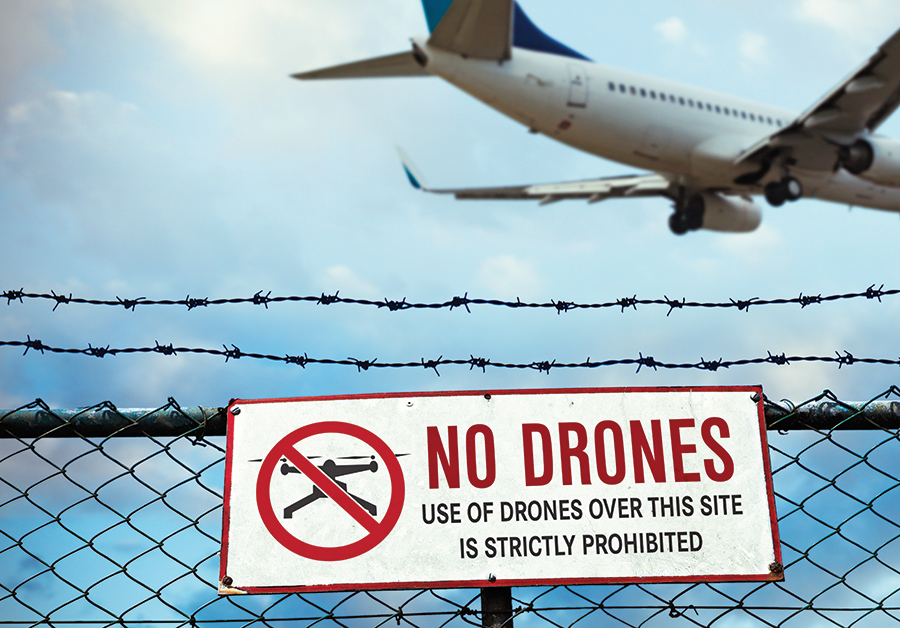
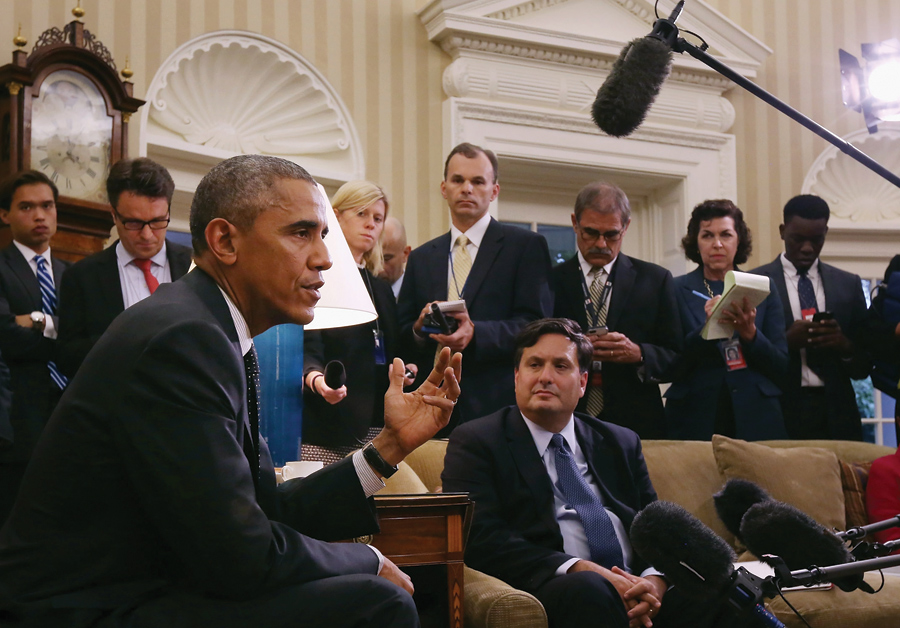
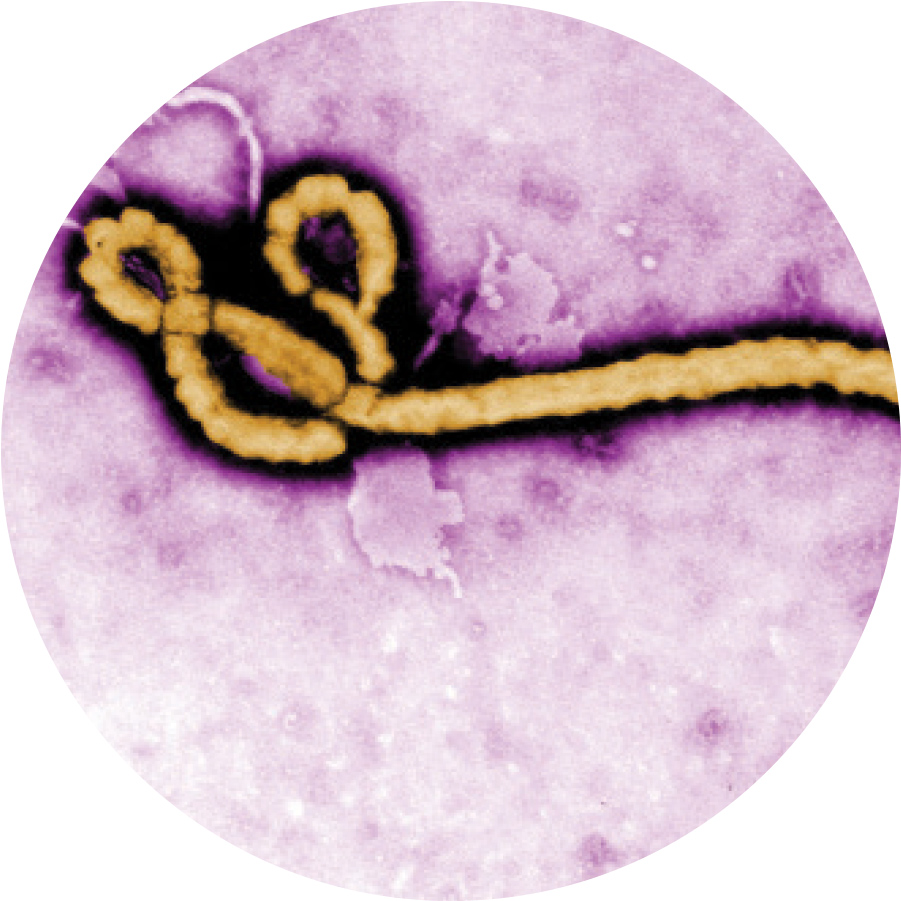
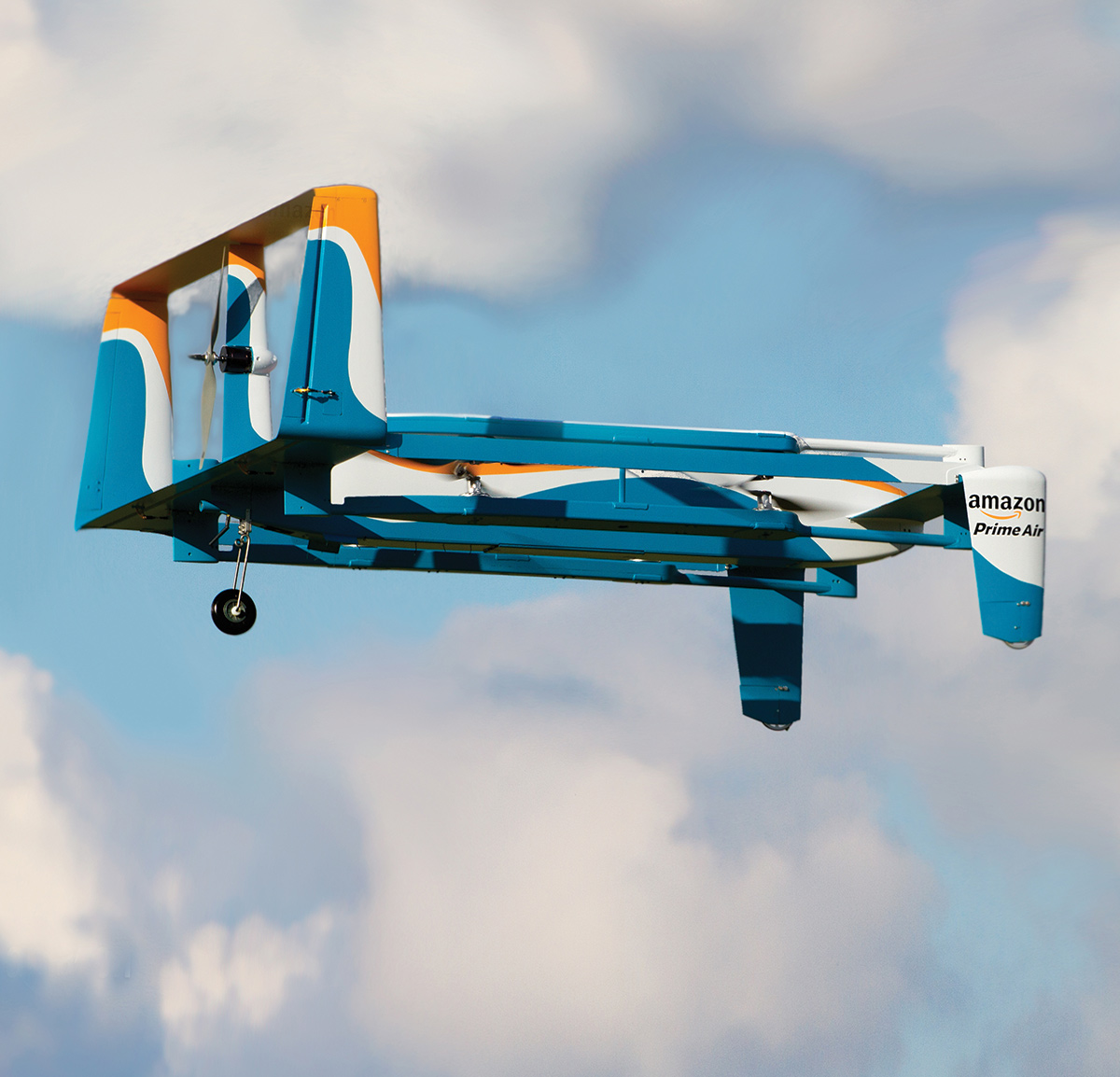

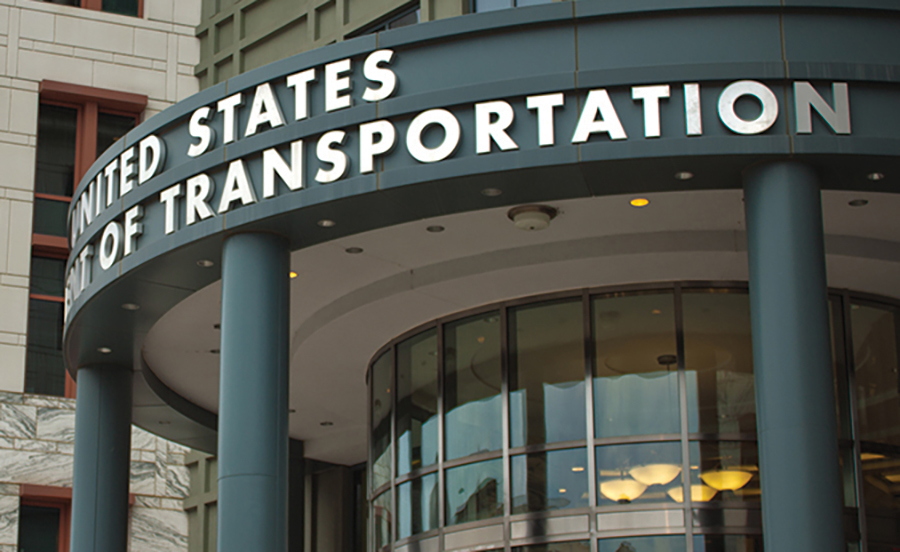
To grasp legal transportation affairs at Amazon, one must understand its fundamental logistics. Amazon’s basic delivery setup is divided into three phases: the Global Mile, which involves ocean and air travel of packages; the Middle Mile, which encompasses trucking, rail, and air; and the Last Mile, which Thomson said can include every mode of transportation but is generally a delivery van or passenger vehicle.
Thomson addressed the largest risks facing the company, which could include rolling out new products, negotiating new contracts for developing and procuring electrical vehicles, or dealing with an enforcement action. She also examines logistics issues that could surface in the future, like how electric Amazon tractor-trailer trucks would be able to recharge if they drove across the country.
During her time at the Law School, Thomson taught legal research and writing to first-year students and enjoyed participating in a small business class and a pro bono food stamp clinic. In 1990, she began her legal career at Sidley Austin in Washington, D.C. Thomson landed in the firm’s environmental law group simply because the practice needed more hands on deck. “They said, ‘If you don’t like it, we’ll help you find another group, but I fell in love with it,” she said, adding that she felt it was a substantive practice area with countless applications to the law. “Before too long, it became the obvious place to be.”
Thomson learned the ropes at the U.S. Department of Transportation
Thomson has flourished in the field. She spent 18 and a half years at Sidley before joining the U.S. Department of Transportation (DOT) at the beginning of the Obama Administration in 2009. In addition to serving as the FAA’s top lawyer, Katie held other roles at DOT, including Counselor to the Secretary and Senior Sustainability Officer. In 2014, she was confirmed unanimously by the U.S. Senate to serve as the DOT’s General Counsel, where she led a 500-person legal staff.
As the principal sustainability advisor to DOT Secretary Ray LaHood, she led the Department’s efforts in 2009 to craft a historic new rule for fuel economy and greenhouse gas emission standards for American cars and trucks.
“She’s very collaborative,” LaHood said. “She built a very good team of people and they all respected her very much. And she had the knowledge about the environmental aspects of the issue coming in the door, and she also had the respect of the people at the White House because of her background.”
Thomson represented the DOT in creating a framework with the Environmental Protection Agency, the White House, and other stakeholders with a near-impossible deadline of a month and a half.
“We had to reconcile two very different statutory regimes,” Thomson said in reference to the DOT and EPA. Several factors were at play: Concern for trading higher fuel economy for less safe cars, the affordability of compliant cars, labor workers concerned about losing jobs, a distressed economy, and California threatening separate standards from the rest of the country.
“It was a lot of negotiations day after day to figure out what was possible, what made sense across the industry, balancing environmental impact with consumer safety impact, and eventually, the pieces came together,” she said. “We figured it all out, and the President was able to announce the new program within two months on Memorial Day Weekend in the Rose Garden.”
Thomson said she’ll never forget the wonder of seeing so many groups — from heads of car companies and environmental groups, to union leaders and then-Governor Arnold Schwarzenegger — all on stage in the Rose Garden with President Obama.
“They were all there raising their hands to celebrate this joint accomplishment,” she said. “It was probably the highlight of my career.”
LaHood said the White House was pleased with her contributions to the project. In 2014, when Thomson led DOT’s general counsel office, the federal government was working to address the Ebola virus outbreak. She played a critical role in providing legal advice to the Department and White House on how to screen air passengers entering the United States as well as how to ensure that Ebola-contaminated wastes could be safely and properly transported and destroyed. The DOT recognized her efforts with its annual Excellence Award in 2016.
“She’s just a tremendous professional and always brought a lot of energy and enthusiasm and a positive attitude to the job,” LaHood said of Thomson’s time at DOT. “She was a leader, she inspired people, and was a mentor to a number of people who worked for her.”
Murphy has spent his career in aviation law and said he’s known Thomson since he started. “She was the head regulatory lawyer for U.S. aviation and airline aviation, so I became acquainted professionally with her through that as my industry’s regulator,” he said. “She was smart and even if she disagreed with you, you knew what her position was and she understood what the business considerations were, and you can tell even to this day she has a passion for solving big, big problems that move the needle.”
At Amazon, Murphy said Thomson was energized by working with smart, young professionals and mentoring them, too. She additionally draws energy from running, something she says she’ll continue for as long as she can. Thomson is currently training to complete her 28th marathon, Louisville’s Kentucky Derby Marathon, in April.

A pledge to protect the environment
Thomson applied her environmental legal acumen and experiences at the DOT and FAA to her sustainability work at Amazon. It’s a hot-button issue for the company. In 2019, then-CEO Jeff Bezos co-founded The Climate Pledge, in which signatories aim to reach net-zero carbon emissions by 2040. Participants pledge to regularly measure and report greenhouse gas emissions, implement changes to decarbonize, and neutralize remaining emissions with additional offsets in society.
More than 200 companies, running the gamut from fashion to construction to tech, have signed. Large and small companies have joined the effort, with heavy hitters including Procter & Gamble, Deloitte, Unilever, Mercedes Benz, Colgate-Palmolive, and IBM.
The new NHL team, the Seattle Kraken, has also signed. Amazon, headquartered in Seattle, has been a partner in the creation of a cutting-edge NHL and WNBA arena in the city called the Climate Pledge Arena, which opened in October. The zero-waste arena, fully powered by renewable energy, is also a venue for entertainment and community events.
Part of Thomson’s role was to oversee the legal support in implementing new environmentally friendly strategies. For example, Amazon is looking to invest in an all-electric fleet and is experimenting with various levels of automation in the Middle and Last Mile vehicles, she said. Amazon is also investing in sustainable aviation fuel for air cargo. In New York City, Thomson said, the company has begun using electric bicycles for deliveries.
These efforts are in response to becoming a net-zero emissions company by 2040. “We’re doing a lot of experimentations to see what works and what we can scale,” Thomson said. “One area that has had tremendous success is negotiating renewable energy needs across the company.”
All Amazon facilities, she said, are on track to be 100-percent powered by renewable energy by 2025. A separate and large sustainability team, Thomson said, develops the science of measuring carbon footprints and supplies the businesses within Amazon the tools to measure impact. The company is also working externally to invest in the environment, Thomson noted, citing contributing to the reforestation of the Amazon and providing seed funds for companies developing technology to combat climate change.
And while Thomson was enthusiastic about Amazon’s efforts to curb climate change, she said doing so will require broad participation around the globe.
“Even though Amazon is a very large company, there is no way we can begin to scratch the surface of climate problems on our own,” she said. “It’s got to be business, government, individuals — everyone.”